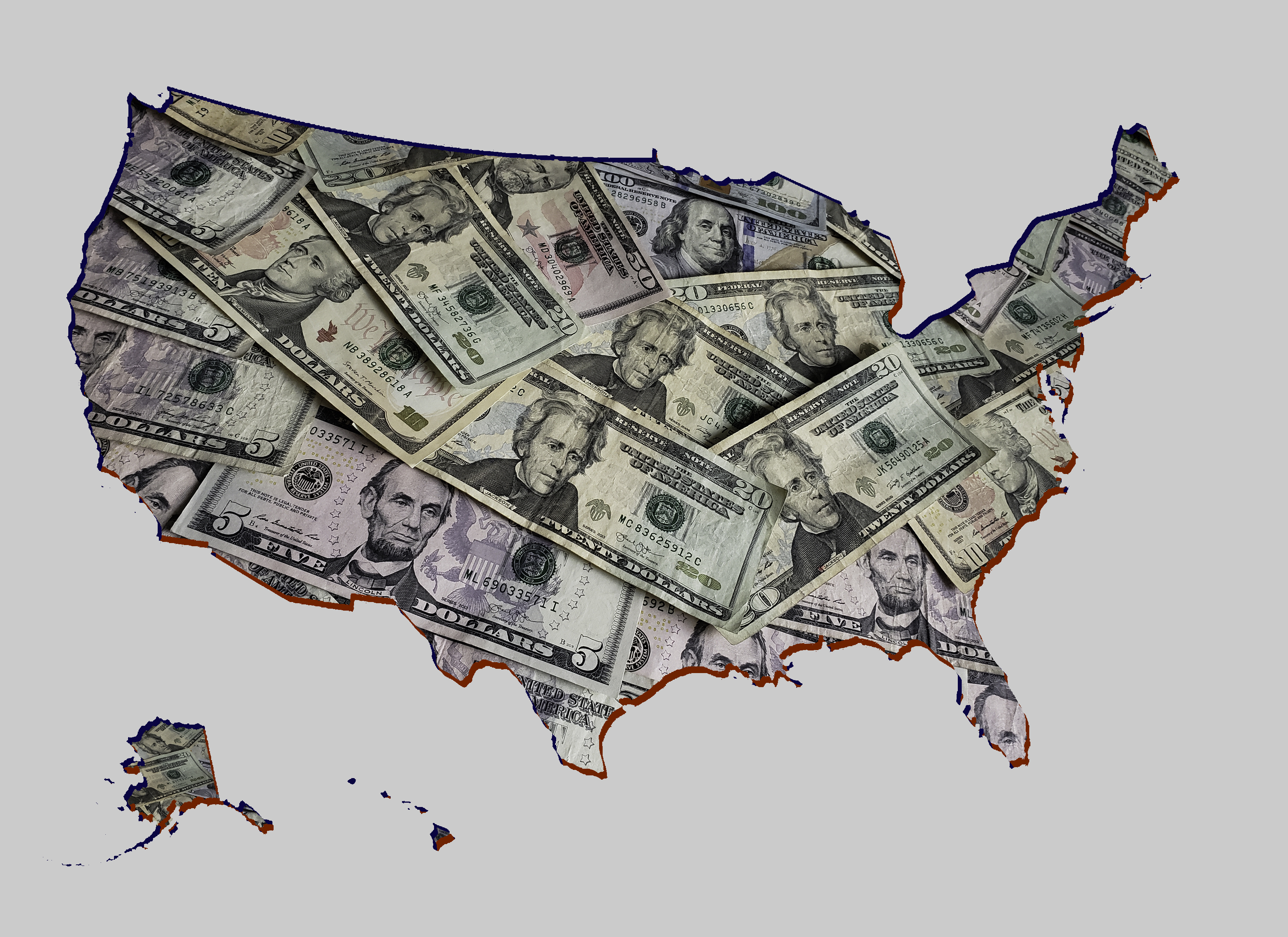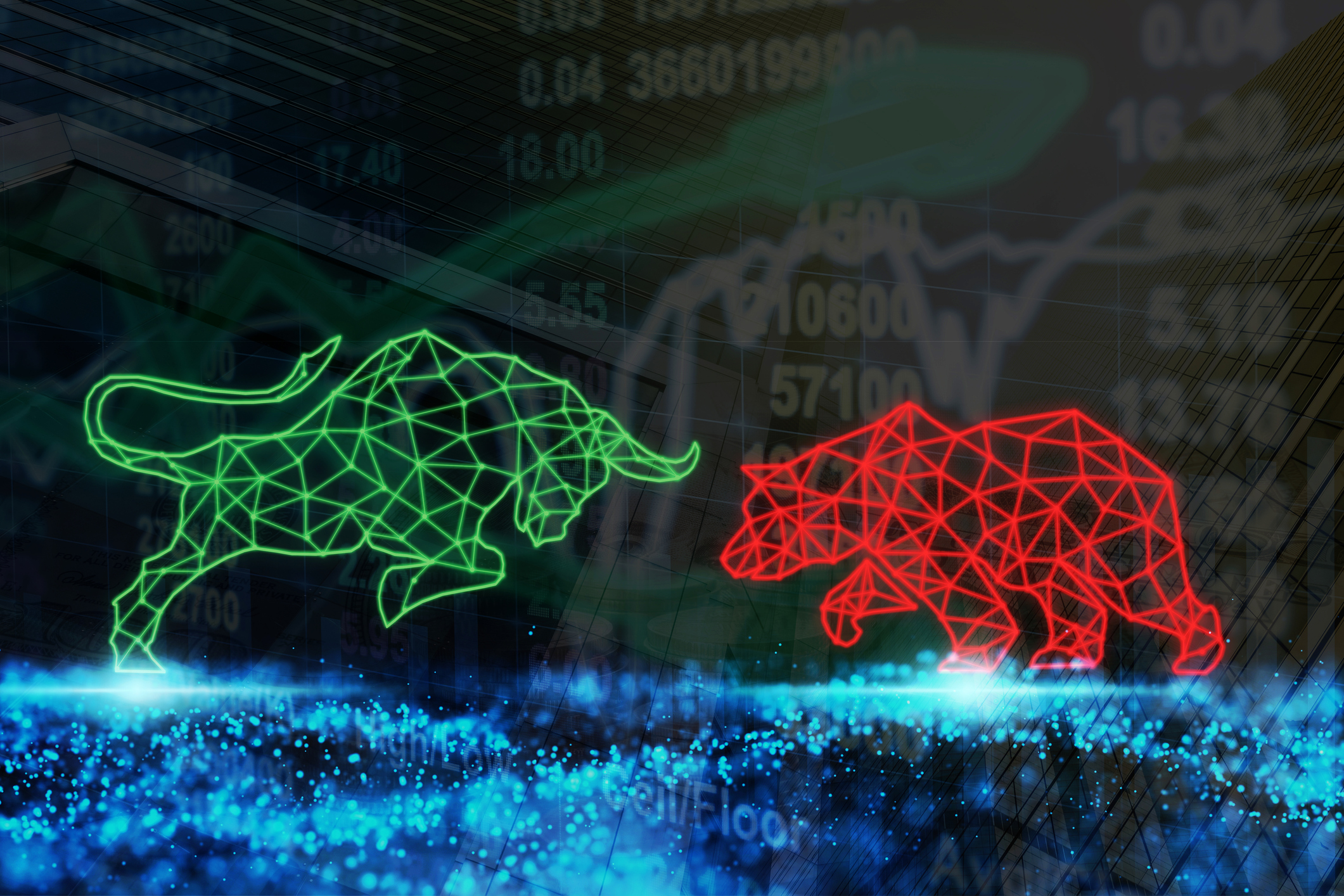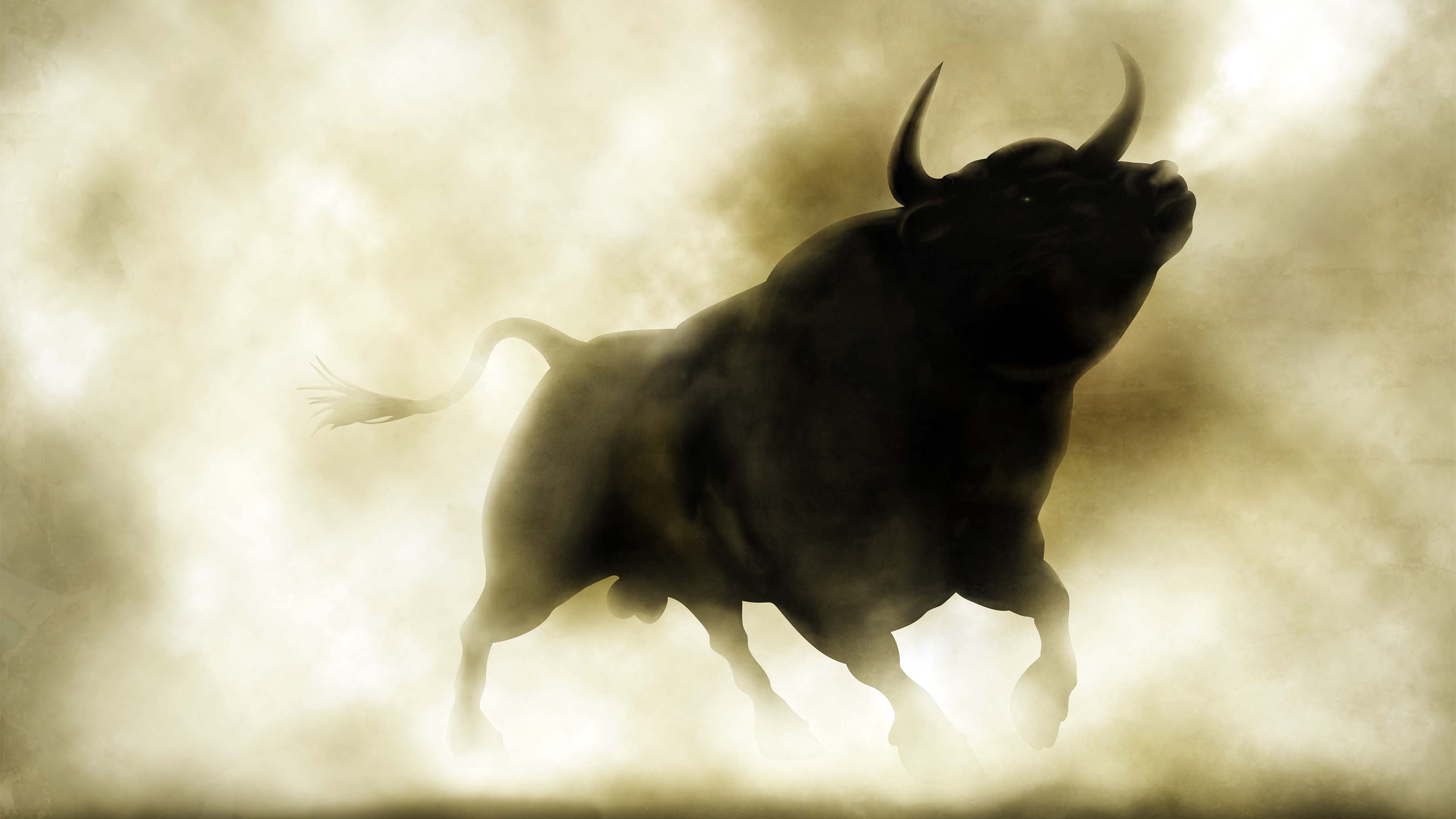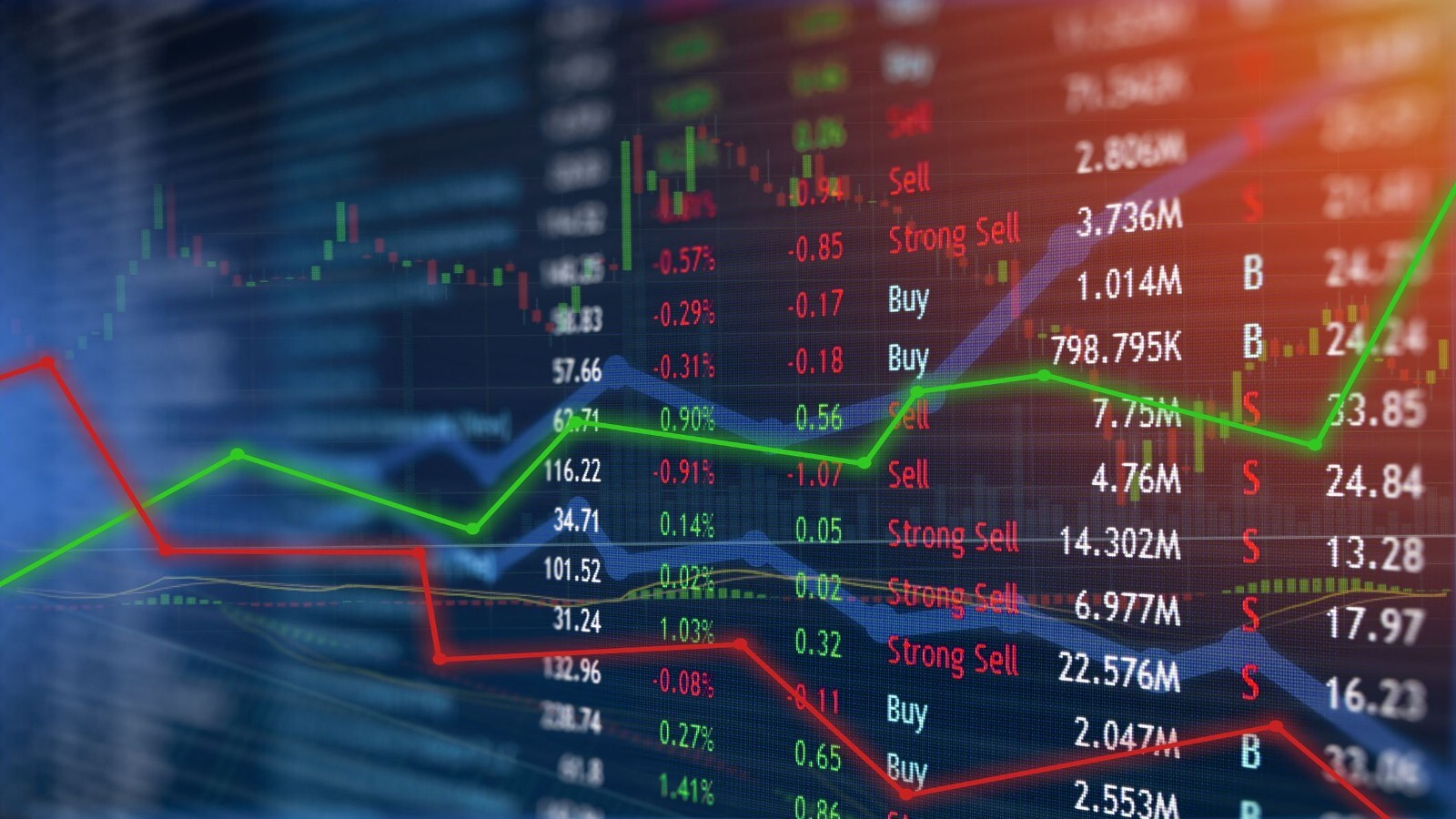The Outlook for Dividends
A few companies are cutting them, but payouts are healthy overall.

If cash were grass, it would be up to the third-floor windows on Wall Street. And yet, despite all the money sitting on corporate balance sheets, such noteworthy companies as General Electric (symbol GE) and Anheuser-Busch InBev (BUD) have slashed their dividends in the past 12 months. And dividend growth overall is expected to slow in 2019.
Should income-hungry investors worry? No. The economy is still strong, and companies are flush. But it never hurts to examine your dividend holdings to make sure a dividend cut doesn’t catch you by surprise—and to see if there are better dividend opportunities around.
Aside from providing income, dividends are an important part of the stock market’s total return. Over the past 20 years, Standard & Poor’s 500-stock index has gained 3.9% annually without dividends and 5.9% annually with dividends. Without dividends, a $10,000 investment in the index made in May 1999 would be worth $21,494 today. Add in dividends and your account would be worth $31,472, or 46.4% more.
From just $107.88 $24.99 for Kiplinger Personal Finance
Become a smarter, better informed investor. Subscribe from just $107.88 $24.99, plus get up to 4 Special Issues

Sign up for Kiplinger’s Free Newsletters
Profit and prosper with the best of expert advice on investing, taxes, retirement, personal finance and more - straight to your e-mail.
Profit and prosper with the best of expert advice - straight to your e-mail.
IHS Markit estimates that U.S. firms will pay out $628.3 billion in dividends this year, up 8.1% from 2018. Thanks to rising oil prices, the energy industry is likely to see robust dividend growth in 2019, according to the research firm. Some tech companies will be among the most generous. For example, Markit expects software giant Microsoft (MSFT, $128), yielding 1.4%, to boost its payout roughly 9% this year. (Prices, yields and other data are through May 17.)
Still, the expected overall dividend growth rate is below last year’s 10.6% pace, which was boosted by the 2017 Tax Cuts and Jobs Act. The legislation cut the average effective tax rate of S&P 500 firms to 13.2% in the fourth quarter of 2018 from 20.4% in the same quarter in 2017, giving companies lots of extra cash, some of which they shared with investors.
Off track. Four S&P 500 companies have announced dividend decreases in the first four months of 2019, compared with three in all of 2018. The four: Kraft Heinz (KHC), Arconic (ARNC), CenturyLink (CTL) and L Brands (LB). IHS Markit predicts that 11% of more than 9,500 companies worldwide will cut their dividend this year, an increase of about 100 firms from last year.
You lose more than income when a company cuts its dividend. Wall Street often runs the company’s stock price through a wood chipper on news of a lowered payout. When Kraft Heinz announced its dividend cut on February 21, the stock plunged 27.5% the next day and has yet to recover.
Despite a handful of cuts and slower-growing payouts, however, most income investors should do well this year. “Overall dividend health is better than average,” says Kian Salehizadeh, senior analyst at Reality Shares. The company rates stocks with a composite Divcon score, which, like the Department of Defense’s Defcon scores, reflect higher risks as the numbers go down. A stock with a Divcon 5 rating is the most likely to increase its dividend; a stock with a 1 rating is most likely to cut its dividend. The rating takes into account seven factors, weighted for importance.
A good dividend stock starts with earnings growth, says Salehizadeh. It’s hard to increase dividends—and sustain them—if you’re not increasing earnings. Next, consider free cash flow. Salehizadeh focuses on an accounting measure called levered free cash flow, which shows how much cash the company has after meeting its financial obligations, such as interest payments.
It doesn’t hurt to look at how much a company spends on stock buybacks. Buybacks are largely a voluntary use of a company’s cash; executives buy when they feel it’s appropriate, and buyback programs may or may not be completed. Dividends, however, are much more difficult to cut. Most companies feel an obligation to keep paying a dividend, rather than make a date with Mr. Wood Chipper. A company that can afford to buy $50 million of stock can, in a pinch, use that $50 million to support or increase its dividend instead, Salehizadeh says.
Payout alert. The five stocks with the highest and lowest Divcon ratings are in the table. Other noteworthy companies ranked Divcon 5 include Home Depot (HD, $193) and Texas Instruments (TXN, $107), yielding 2.8% and 2.9%, respectively. Both are members of the Kiplinger Dividend 15, the list of our favorite dividend stocks.
Plenty of financial services companies make the top grade; many are still catching up from dividend cuts during the Great Recession. Regions Financial (RF, $14), Synovus Financial (SNV, $34) and Comerica (CMA, $74) yield 3% or more. Other Divcon 5 firms range from old-economy steelmaker Steel Dynamics (STLD, $30), with a 3.2% yield, to computer-networking leader Broadcom (AVGO, $290), yielding 3.7%.
Two energy dividend payers to consider are Phillips 66 (PSX, $85), rated Divcon 5 by Reality Shares, and ExxonMobil (XOM, $76), a Kip Dividend 15 member, rated Divcon 4. Phillips yields 4.2%; ExxonMobil, 4.6%. But choose wisely in the oil patch: The payouts at some companies, such as Murphy Oil (MUR) and Noble Energy (NBL), have a Divcon rating of 1. Both companies cut their dividends in 2016 and score low on free-cash-flow measures.
A key question for investors accustomed to above-average yields is whether a company can keep making those payments. For the answer, you should look at the payout ratio, which shows how much of a company’s earnings are going toward dividends. If a company is expected to earn $8 per share and pay out $3 per share in dividends, its payout ratio is 37.5%.
The average payout ratio for U.S. stocks is 39%, according to the New York University Stern School of Business. But the ratio varies by industry. Utilities have an average 64% payout ratio; life insurers average 21%. In general, the further above 50% the payout ratio is, the less likely it is that the company can sustain its dividend, particularly in times of economic stress.
Mutual funds and exchange-traded funds offer broad diversification among dividend payers and good yields. Schwab US Dividend Equity ETF (SCHD, $52) invests in the stocks of companies that have paid dividends every year for the past 10 years and have a market value of at least $500 million. It’s one of the Kiplinger ETF 20, the list of our favorite ETFs. Dividend Equity yields 3.3%, and its expense ratio is 0.06%.
A higher-yielding—and riskier—choice is SPDR Portfolio S&P 500 High Dividend ETF (SPYD, $38), which yields 4.4%. The fund invests in the 80 highest-yielding stocks in the S&P 500. Its expense ratio is 0.07%.
If you prefer actively managed mutual funds, consider Vanguard Equity Income (VEIPX). It looks for value among large, dividend-paying firms. The fund yields 2.8% and has an expense ratio of 0.27%.
Profit and prosper with the best of Kiplinger's advice on investing, taxes, retirement, personal finance and much more. Delivered daily. Enter your email in the box and click Sign Me Up.

-
 Visa Stamps the Dow's 398-Point Slide: Stock Market Today
Visa Stamps the Dow's 398-Point Slide: Stock Market TodayIt's as clear as ever that President Donald Trump and his administration can't (or won't) keep their hands off financial markets.
-
 State Tax Changes 2026: Is Your State Cutting Taxes This Year?
State Tax Changes 2026: Is Your State Cutting Taxes This Year?Tax Changes As a new year begins, taxpayers across the country are navigating a new round of state tax changes.
-
 Who Said That? Match the US President to the Quotation
Who Said That? Match the US President to the QuotationWho better to give advice on aging, retirement and finances than a U.S. president? Our short quiz will determine whether you're a history buff or buffoon.
-
 Markets Are Quiet Ahead of Fed Day: Stock Market Today
Markets Are Quiet Ahead of Fed Day: Stock Market TodayInvestors, traders and speculators appear to be on hold amid an unusually fraught Fed meeting.
-
 DexCom, GE, SLB: Why Experts Rate These Stocks at Strong Buy
DexCom, GE, SLB: Why Experts Rate These Stocks at Strong BuyWall Street gives these three diverse names Strong Buy recommendations with high potential upside.
-
 The Best Aerospace and Defense ETFs to Buy
The Best Aerospace and Defense ETFs to BuyThe best aerospace and defense ETFs can help investors capitalize on higher defense spending or hedge against the potential of a large-scale conflict.
-
 AI vs the Stock Market: How Did Alphabet, Nike and Industrial Stocks Perform in June?
AI vs the Stock Market: How Did Alphabet, Nike and Industrial Stocks Perform in June?AI is a new tool to help investors analyze data, but can it beat the stock market? Here's how a chatbot's stock picks fared in June.
-
 Stock Market Today: Stocks Rise on Less Deadly Concerns
Stock Market Today: Stocks Rise on Less Deadly ConcernsMarkets are forward-looking mechanisms, and it's good when price action shows there's a future to look forward to.
-
 Stock Market Today: Stocks Soar on China Trade Talk Hopes
Stock Market Today: Stocks Soar on China Trade Talk HopesTreasury Secretary Bessent said current U.S.-China trade relations are unsustainable and signaled hopes for negotiations.
-
 Is GE Aerospace Stock Still a Buy After Earnings?
Is GE Aerospace Stock Still a Buy After Earnings?GE Aerospace stock is higher Thursday after the industrial firm topped analysts' fourth-quarter expectations and issued a strong full-year outlook. Here's what you need to know.
-
 Stock Market Today: Stocks Struggle for Direction as Earnings Roll In
Stock Market Today: Stocks Struggle for Direction as Earnings Roll InWhile General Motors stock soared after earnings, GE Aerospace and Verizon slumped.